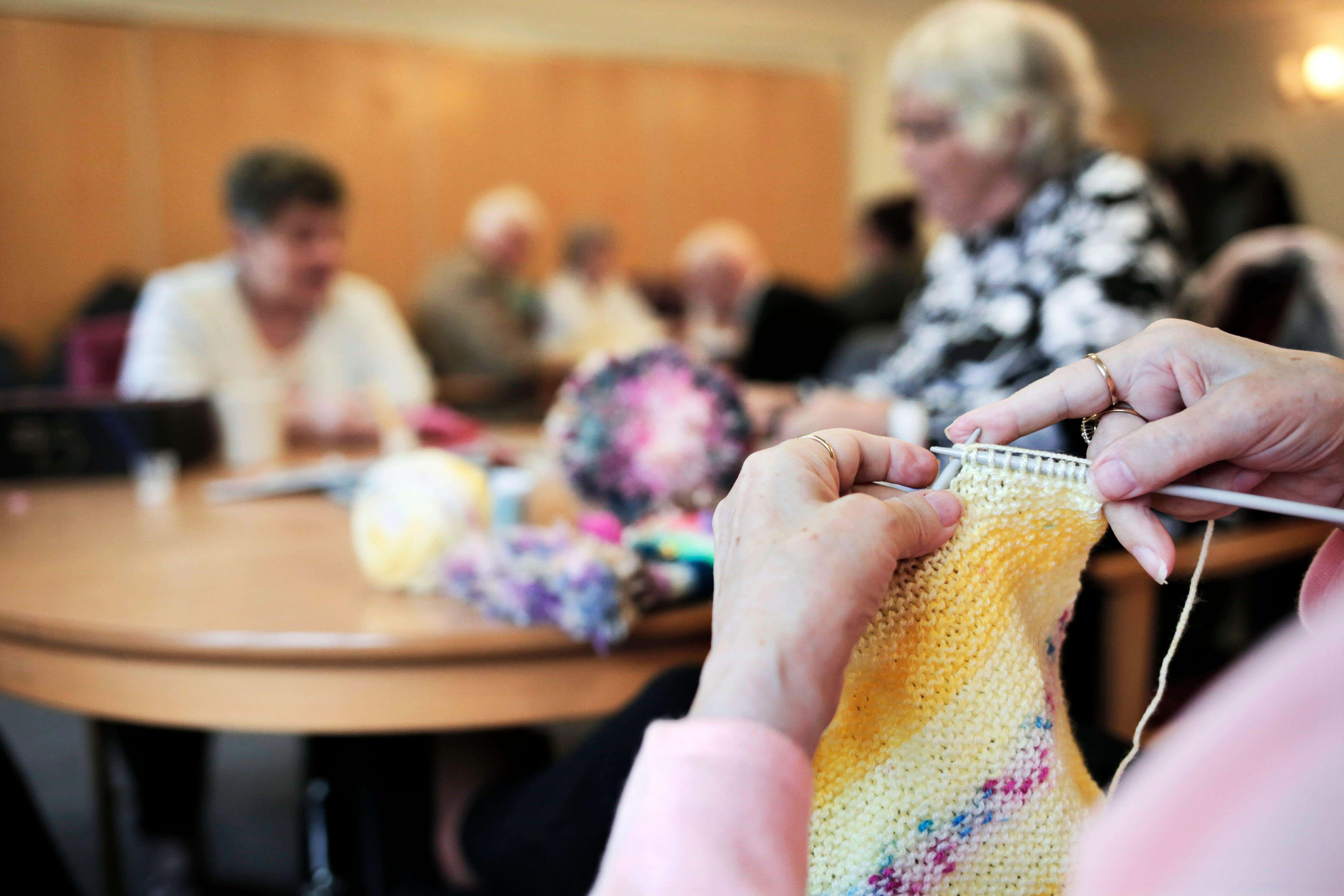Number of care home residents in England rises in past year to more than 372,000
Just over a third of residents – 137,480 or 37% – were paying for some or all of their care.

Your support helps us to tell the story
From reproductive rights to climate change to Big Tech, The Independent is on the ground when the story is developing. Whether it's investigating the financials of Elon Musk's pro-Trump PAC or producing our latest documentary, 'The A Word', which shines a light on the American women fighting for reproductive rights, we know how important it is to parse out the facts from the messaging.
At such a critical moment in US history, we need reporters on the ground. Your donation allows us to keep sending journalists to speak to both sides of the story.
The Independent is trusted by Americans across the entire political spectrum. And unlike many other quality news outlets, we choose not to lock Americans out of our reporting and analysis with paywalls. We believe quality journalism should be available to everyone, paid for by those who can afford it.
Your support makes all the difference.The number of care home residents in England has risen to more than 372,000 in the past year.
Care home occupancy has increased to 80.5%, from 77.8% last year, but the number of care home beds has fallen in the same period, according to the Office for National Statistics (ONS).
The data, released on Thursday, showed there were an estimated 372,035 care home residents between the 1 March 2022 and the end of February this year, which is a 3.1% increase from last year’s figure of 360,792.
The statistics body said this is their most comprehensive coverage of data in this area to date, using estimates based on three-quarters of the care home population across England.
The data also shows the number of care home beds registered by the health watchdog the Care Quality Commission (CQC) was at 461,958 for the year-long period, down from 463,765 last year.
Just over a third of residents – 137,480 or 37% – were paying for some or all of their care.
While this was up 9.2% on last year’s figure of 125,954, the ONS said this was not statistically significant, and that the proportion of self-funding residents was also not statistically significantly different from last year, at 34.9%.
The South East had 47.5% of care home residents self-funding their care, remaining the region with the highest proportion of self-funders.
The North East had the lowest proportion of self-funders at 26.4%.
Hart in Hampshire is the local authority in England with the highest proportion of self-funded care home residents, at 72.0%, according to PA news agency analysis.
In second place is Sevenoaks in Kent at 65.7%, followed by Guildford in Surrey, (63.4%), Bracknell Forest in Berkshire (62.9%) and South Oxfordshire (62.3%).
Of the 54 local authorities where at least half of care home residents are self-funding, only one – York (50.9%) – is in northern England, while just one – Bromley (58.9%) – is in London.
Seven of the 10 areas with the lowest proportion of self-funded residents are in London, including the entire bottom five: Greenwich (8.5%), Newham (9.1%), Haringey (9.5%), Hackney (9.5%) and Westminster (9.8%).
Other areas where fewer than one in five residents are self-funding include Gateshead (18.9%), Luton (16.8%), Manchester (14.0%) and Hull (12.0%).
Those care homes looking after older people remained the ones with the highest proportion of self-funders at 48.9%, while those caring for younger adults remained the lowest at just 2.0%.
Smaller care homes, with a maximum of 19 beds, remained the care homes with the lowest proportion of self-funders at 12.0%.
Those care homes rated outstanding by the CQC remained the ones with the highest proportion of self-funders at 50.9%.
Care homes rated inadequate had the lowest proportion of self-funding residents, at just under a quarter (24%).